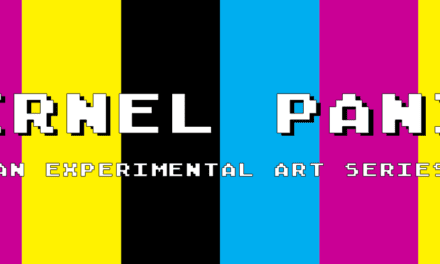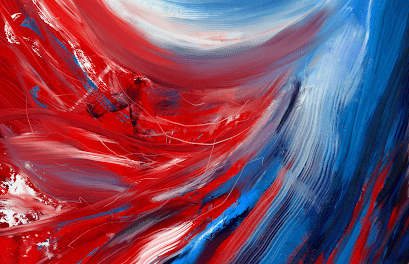If you read the About section of this site you may have read my mom used to sell fine art in an art gallery. Suffice to say, she’s knows her stuff when it comes to fine art and art collecting. But when I told her I was all in on digital art her first question (understandably) was, “what the hell is digital abstract art?”
To really tell the story of digital art we’d have to go back a few decades. In 1966, an initiative called Experiments in Art and Technology (E.A.T) put on a series of events in New York that paired artists like Robert Rauschenberg, John Cage, and Yvonne Rainer with engineers from Bell Laboratories. For the sake of this conversation I like to fast forward to the blockchain part.
If there’s one use case that blockchain is good for, art might just be the best example. If you are new to blockchain and want a layman’s introduction to what blockchain is check out the blockchain TED talk given by Don Lipscott in 2016. No matter which chain we’re talking about (Ethereum, Solana, NEAR, Tez, etc….) the technology solves some of the biggest problems with collecting art:
With blockchain:
- 1. Art counterfeiting isn’t really possible.
- 2. Art theft is less likely via art heists with guys dressed in black sneaking into a gallery. User error is another story.
- 3. Most importantly, fine art is now accessible to everyone. You no longer need to go through a gating entity like an auction house. That’s a beautiful thing.

Ulla Wiggen, Den röda tvn, 1967
An exhibition at London’s Whitechapel Gallery shows just how far, and how fast, the emerging technologies artists use have developed. Along with the works arising out of the E.A.T movement, the ’60s and ’70s saw artists like computer art pioneer Frieder Nake and digital artist Manfred Mohr adopt computer programs to create the first examples of generative artwork.
In the ’80s, Nam June Paik brought video into the art world, and the birth of the World Wide Web in 1989 kickstarted a movement of net art that paved the way for contemporary digital artists like Cory Arcangel and Amalia Ulman. These days, digital art has its own biennial, its own galleries and its own displays for hanging in the homes of digital art collectors.
Digital abstract artist are finding a happy medium between traditional abstract paint techniques and compistions, but adding digital flavor (such as glitch effects) that can only be created digitally. Fine collectors are starting to migrate to Ethereum and Solana placing bets on as many emerging artists as possible in an attempt to find the artists that will define this new art movement.




